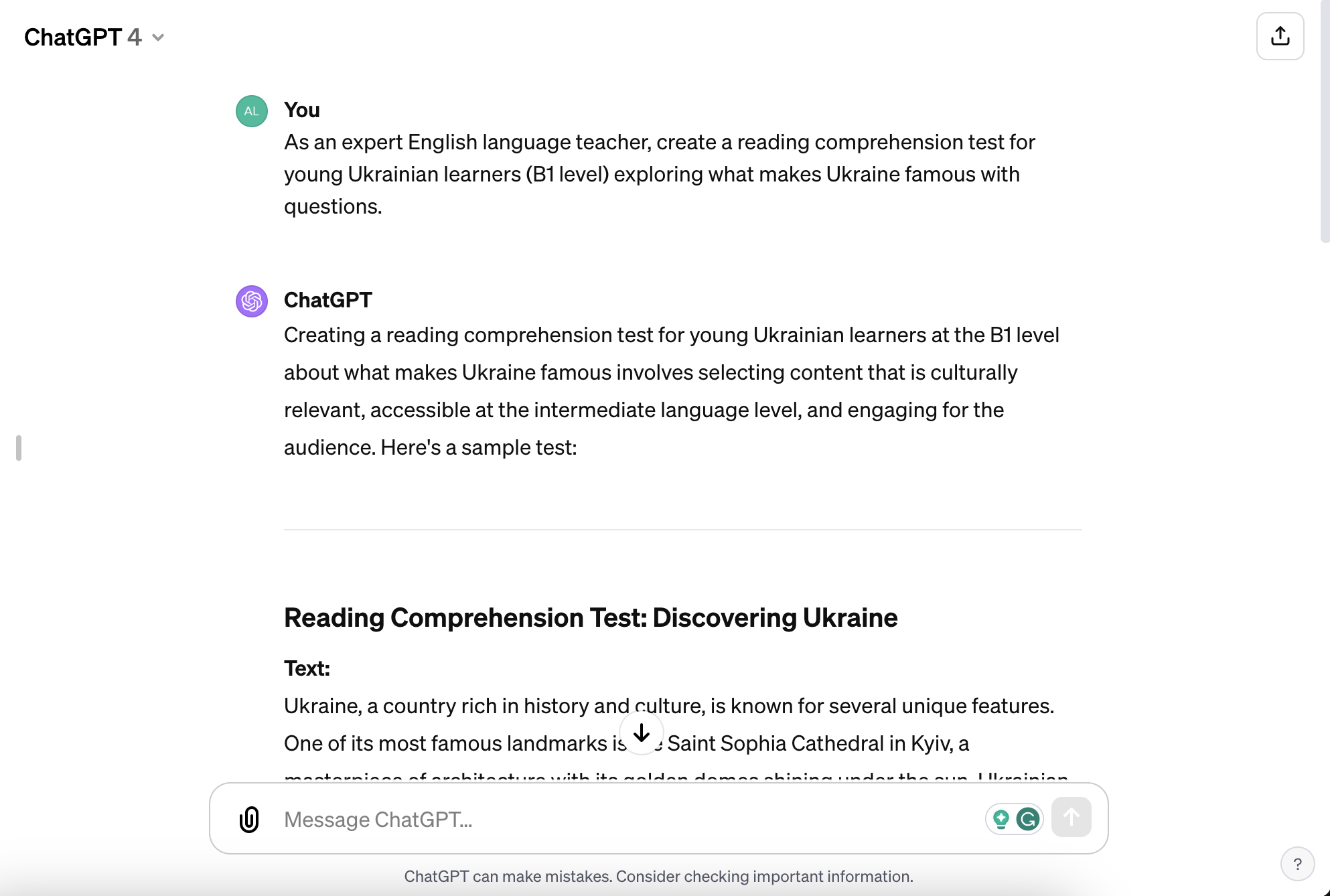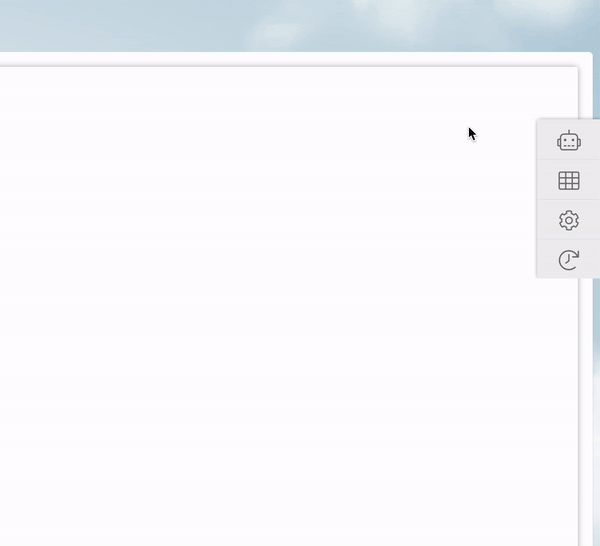If you think back to your old classroom at school, like me, you remember the rows of wooden desks facing the blackboard and everyone having to open their textbook to the same page to complete the same exercise at the same time. Those days are well behind us, and education has moved on, right?
In the book LangTech (2023), my co-author Brian Kantt and I described the differences between standardised, personalised and personal learning. Here’s an excerpt from Chapter 4 on machine-powered instruction that explains it best.
“Standardised Instruction is where learning is delivered in the same way for everyone in that course. In this case, “learning” may refer to the way the course goals, course content, class materials, approach, methodology, and/or assessment are delivered. Learners have little to no input with regard to what will be learned and how.
[...] Personalised Instruction in language learning broadly refers to instruction that is customised to meet the specific educational needs of the learner. However, this instruction (including learning goals, class materials, assessment, etc.) is generally pre-created and pre-packaged without the learner’s input, i.e. by someone who hasn’t met and will never meet the learner.
Personal Instruction is where the learner makes (or is involved in) most of the decisions about what will be learned and how. At its finest, a personal approach implies the learner not only contributes to deciding what will be learned and how but also to the creation of the overall curriculum. It has been suggested that personalised learning is “done” to learners, whereas personal learning is done by learners themselves.”
Most teachers would love to create or access content made especially for their group or individual students. Most learners would love a highly personal learning experience where the teacher really responds to their individual needs, strengths, backgrounds and interests. Most language schools would love to match that demand and facilitate this degree of personalisation, especially if they can keep this up at a large scale.
So, where do most language classes fall between standardised and personal teaching materials?
In physical language classes, large groups force or encourage a standardised approach to language teaching. Many language schools and teachers prefer to follow their favourite textbook from one of the traditional publishers. Publishers pride themselves on providing high-quality teaching materials and are right to be proud, but the curriculum, class materials, exercise, approach, methodology, and/or assessment are all predetermined. How standardised the class is in practice depends on the teacher, how much they include the student(s) and how much effort they put into adapting their lesson plans to the class. It is the same for virtual classes.
Have a look at the experience in most online classes, especially those large Zoom classes, and you might notice a very similar scene to a lecture hall last century - a teacher lecturing students and students suffering a slow “death by PowerPoint”.

The digital era signalled the promise of personalised content, but until very recently, the term “personalised” meant anything and everything.
As we mention in the book, a better example of (machine-powered) personalised instruction “is the app that offers multiple learning “tracks,” and customises the track as the learner moves along based on their input or responses. Essentially, there are options, and it is a huge step forward from standardised instruction and generally yields more effective results. However, the options are still pre-made and predetermined, created in advance by someone who has not met the individual learner, and, in essence, limited in number. The quality and accuracy of learner input may also vary widely between technologies and companies.”
Likewise, some teachers (human-powered instruction) do a great job of personalising their otherwise standardised curriculum by responding to the needs of their particular students - including or skipping topics, trimming or extending how much time is spent on certain competencies, and augmenting their standard curriculum with additional relevant materials (either creating them from scratch or borrowing from others or the Internet). While admirable, these adaptations do not live up to the high standard of personal instruction - and fair enough, personal instruction is really hard to achieve.
We even acknowledge in the book that “very few language courses have achieved something close to genuine personal instruction.” To achieve personal instruction, “the curriculum and content are not predetermined or prefabricated. Instead, the self-study application somehow collaborates with the student to understand the student’s motivations, goals and preferences. Based on these, they create the curriculum together (it is important to clarify that by “curriculum”, we do not refer exclusively to class materials but also to learning goals, methodology, and assessment). The curriculum will, therefore, be unique to that individual at that point in time and therefore, the options for curricula are, by definition, unlimited.”

Teachers are as overworked and under-resourced as they ever have been. How realistic is it for a teacher trying to teach back-to-back one-on-one classes or paid by the group hour (but not for preparation) to develop “personal” instruction materials for each student or group? How realistic is it for untrained teachers, or those with limited experience in instruction design, to create robust, engaging content even if they had the time?
The answer, before March 2023, was - not very realistic at all. Digital content is easy to produce and cheap to distribute, so the internet is flooded with average, clip-art-filled, amateur English language teaching materials and badly scanned-for-print textbooks. Neither of these options is ideal. Poorly designed materials or PDFs of printed textbooks, even if they have the most pedagogically sound content, will fail in a virtual classroom. To highlight an example of the importance of design, it is very important for teaching materials used in a virtual classroom to have lots of white space and be laid out in landscape view (if displayed on a rectangular computer screen) because there needs to be room for annotations in order to encourage student and teacher interactions. Digital materials are not much easier than printed materials to adapt the structure or content.
What about professional English language teaching materials? It’s obvious that physical books are difficult to “personalise” to the student, but the same could be said for professionally designed online teaching materials. Teachers and schools, therefore, rely on predetermined, standardised teaching materials and may still, for many years to come. That’s not even necessarily a bad thing, and they are and will continue to use both standardised and personal teaching materials.
Good publishers of printed and digital ELT content do everything they can to produce the best content, and the self-study content they develop will become more personal as technology advances. Price will always be a limiting factor for teachers and schools, but business models are changing to make access to quality teaching materials more accessible. For example, LearnCube offers a monthly subscription to English (ELT), French and Spanish teaching materials.
What else changed in March 2023?
OpenAI released GPT-4.

The free version of ChatGPT (using GPT 3.5) released in November 2022 had shown promise up to that point, creating satisfactory content if the teacher spent the time to tidy it up. However, the more time it takes the teacher to tidy up, the less useful and more “personalised” (predetermined) the content becomes so the introduction of GPT-4 in March 2023 really elevated the standard of generative AI.
The content generated now using GPT-4 (the model that the paid ChatGPT Plus uses) is significantly better. The issues and hallucinations are a lot less glaring. The ability of the latest versions of GPT to produce images is starting to show real promise. Putting this together in a way that engages all the senses of the student will still take some tinkering, but the ingredients are looking more solid.
How far away are we from AI being able to generate consistently high-quality, inexpensive “personal” teaching materials?
If you ask larger language schools with curriculum designers experienced using ChatGPT, many might say that we’re closer than they ever thought possible. Having spoken with many language leaders, we know that many online language schools develop their own materials, and their curriculum teams are using ChatGPT with exceptional prowess.
If you ask us at Learncube, we’d say that there’s likely to remain a need for standardised materials for some time but ChatGPT is still going to be a game-changer in creating personal exercises to augment those materials.
From our experience observing many of the best online language schools on the planet, we see the sweet spot for the teacher spending around 70% of their time using standardised materials and 30% creating and using personal materials. Creating personal materials in response to the needs of the student is getting a whole lot easier.

LearnCube’s new AI Teacher Assistant (becoming publicly available in beta on 30th November 2023) is already producing extraordinary language exercises in seconds from inside the LearnCube Virtual Classroom or Whiteboard and removes the need for teachers to become expert prompt engineers.
LearnCube has a clear vision of how we can take it to that next level where human teachers are empowered with content that is pedagogically sound, matches the needs and level of the individual, designed beautifully (including with images), white label, reusable, adaptable and gets better every day.
What about you? Where do you think we are when it comes to AI content generation?

 CEO of LearnCube
CEO of LearnCube


